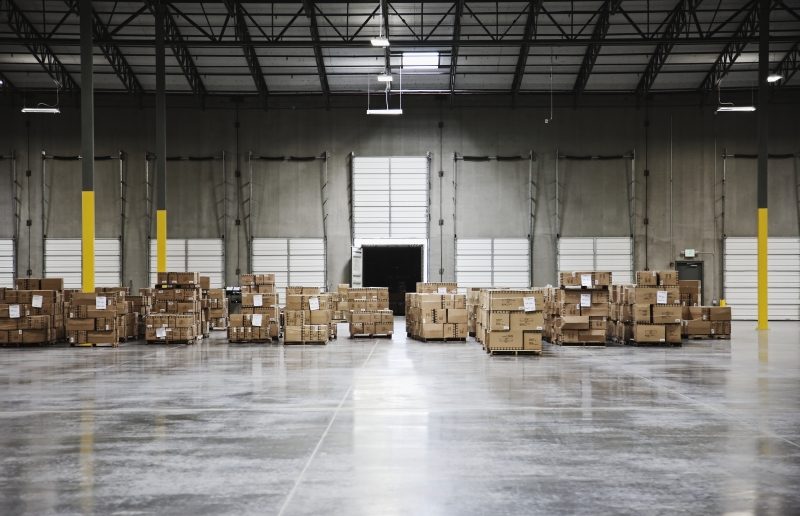As he watched me unpack yet another Amazon delivery, my husband decided to do an intervention. Scattered around me on the floor were solar panels, water purification tablets, tarps, hunting knives and enough batteries to power New York City for many weeks. It was 2019 and hurricane season was upon us once again -- and, as usual, I thought the best way to prepare was to over-prepare.
As it turned out, for that particular hurricane, we suffered ten minutes of lost power and a few downed tree limbs. That was all. To my dismay, though, I soon realized that the one thing I had not prepared for was – kitty litter. It had completely escaped my attention that we were out, and Little Miss Fluffy Pants was much displeased. The stores were closed due to the weather and there was nothing I could to do resolve the situation.
I don’t even know how to use a hunting knife, much less water purification tablets. Meanwhile the most ordinary and obvious needs had completely escaped my attention because I was focused on addressing unlikely, and even outlandish, emergency scenarios.
How are manufacturers responding to the pandemic?
In 2020, I see similar behaviors from manufacturers addressing the impacts of the pandemic on their operations. Some lay in enormous supplies of personal protective equipment (PPE) when their factories are essentially “lights out” facilities with very few employees who would use that equipment. In the meantime they’re oblivious to supply chain disruptions of essential raw materials.
Others focus on the supply chain side of the equation, terrified of missing out on an upcoming shipment from a niche vendor, while completely blind to the shifting demand patterns that could mean that the product they’re trying to produce won’t have any buyers.
And still others, adept at juggling constraints within their manufacturing lines to ship products on time, despite staffing and supply chain challenges, focus so much on effective scheduling that they don’t consider how changes in product usage during the pandemic might require revisiting warranty claims and other related data to help ensure sustained quality performance.
In short, their emotions – like mine before the hurricane – have blinded them to the obvious. This is a natural human tendency when people are under increased distress, but it happens to some people more than others, and can cause serious bias, and even blind spots, in decision-making.
The experts weigh in
“Some individuals, when they feel threatened, focus on the worst possible scenario instead of the most likely scenario,” says Dr. Olafur Palsson, a research psychologist and professor of medicine at the University of North Carolina (who also happens to be my husband). Together with psychologists at Harvard Medical School, he conducted a detailed study on the emotional impact of the pandemic on the American population and concluded that: “Based on the survey findings, at least a quarter of all US adults are presently in a condition of high emotional distress directly attributable to the pandemic.”
Manufacturers, pressed to continue turning out critical goods during the pandemic, are also affected by the disruption occurring all around them. This can easily lead some to focus too much on worst-case scenarios and lose sight of more pragmatic and reality-based concerns.
What’s the solution?
This is where analytics can help. By bringing data to decision-making, it’s far easier to see quantified threats and evaluate what is probable enough and significant enough to require adjustments. You can also run what-if scenarios to help you make the right decisions at the right time – and for the right reasons.
For example, readjusting your supply chain based on a tested analytical model that considers logistics, epidemiology, and demand patterns, rather than panic-buying perishable raw ingredients in an understandable, but emotionally-driven reaction to rumors about possible port closures.
As manufacturers face the increased challenges and unique threats of the pandemic, SAS is helping them make the right decisions for their production operations. To learn more, visit our COVID-19 resource page for manufacturers.


1 Comment
Great comments and I agree.